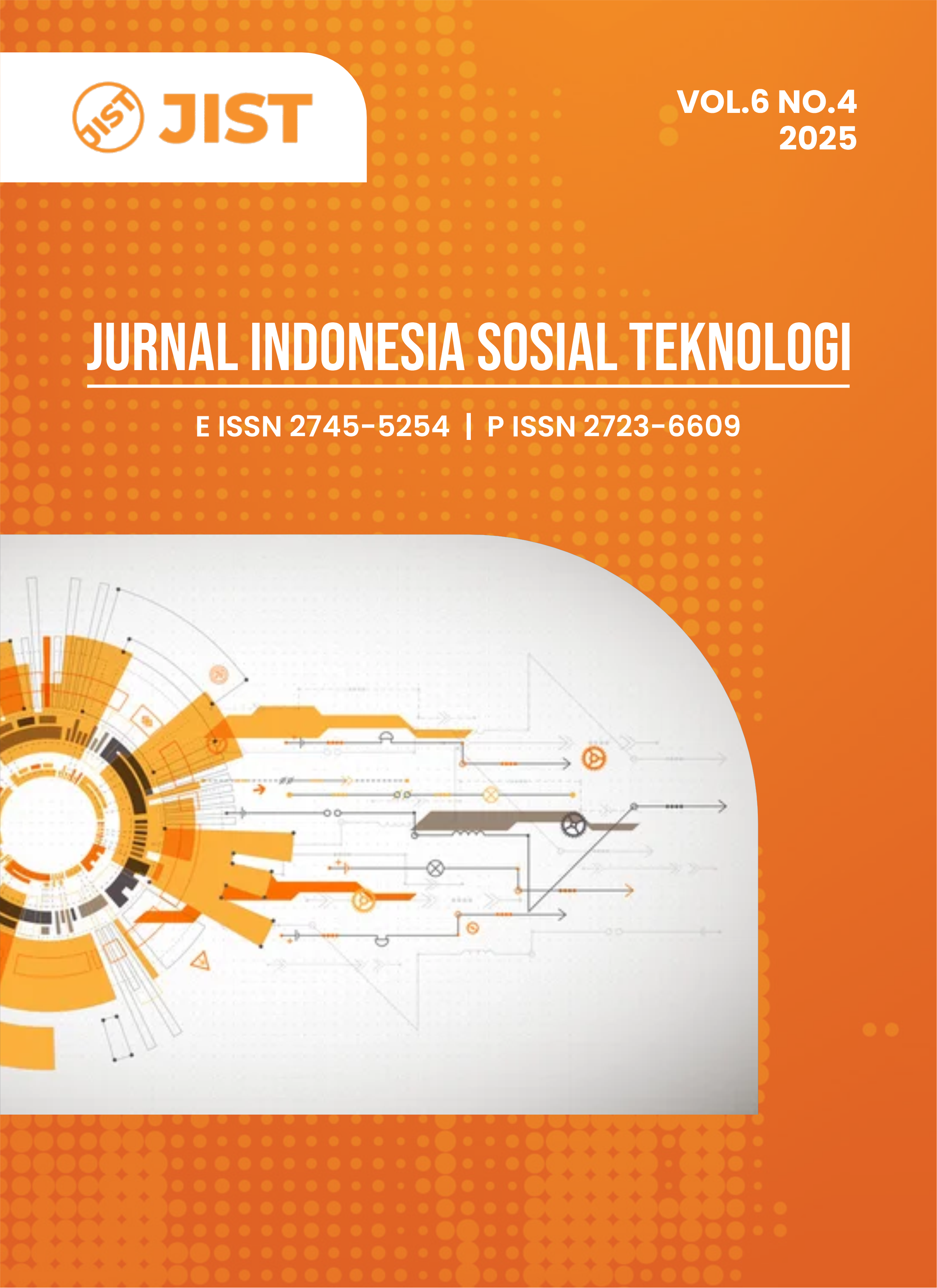Implementation of Air Defense Policy to Prepare Master's Graduates: from Strategic Objectives to Operational Realities
DOI:
https://doi.org/10.59141/jist.v6i3.9023Keywords:
policy implementation, air defense, master's graduates, strategic objectives, operational realityAbstract
Effective implementation of air defense policy requires careful navigation between clear strategic objectives and the involvement of competent executing agents. This research undertakes a comprehensive evaluation of the key challenges in implementing air defense policy, with a focus on preparing master's graduates to be effective change agents in translating strategy into successful operational actions. Through a targeted qualitative approach and in-depth analysis, the research findings highlight the crucial role of clarity in objectives and standards in formulating effective policies. Constraints such as limited Resources and competency variations are major focal points, which can only be addressed through a holistic and integrated approach. Strong communication, efficient coordination, and steadfast commitment from executing agents are key to successfully navigating complex external dynamics. Research recommendations aim to strengthen master's education, develop technical and managerial competencies, and foster close collaboration with the defense industry to ensure responsive and efficient policy implementation. With an awareness of the complexity of the challenges faced, this research inspires strategic steps that enable the implementation of adaptive air defense policies aligned with national defense objectives.
Downloads
Published
How to Cite
Issue
Section
License
Copyright (c) 2025 Asep Kurnia, Kemalsyah Kemalsyah, Bambang Kustiawan

This work is licensed under a Creative Commons Attribution-ShareAlike 4.0 International License.
Authors who publish with this journal agree to the following terms:
- Authors retain copyright and grant the journal right of first publication with the work simultaneously licensed under a Creative Commons Attribution-ShareAlike 4.0 International. that allows others to share the work with an acknowledgement of the work's authorship and initial publication in this journal.
- Authors are able to enter into separate, additional contractual arrangements for the non-exclusive distribution of the journal's published version of the work (e.g., post it to an institutional repository or publish it in a book), with an acknowledgement of its initial publication in this journal.
- Authors are permitted and encouraged to post their work online (e.g., in institutional repositories or on their website) prior to and during the submission process, as it can lead to productive exchanges, as well as earlier and greater citation of published work.










